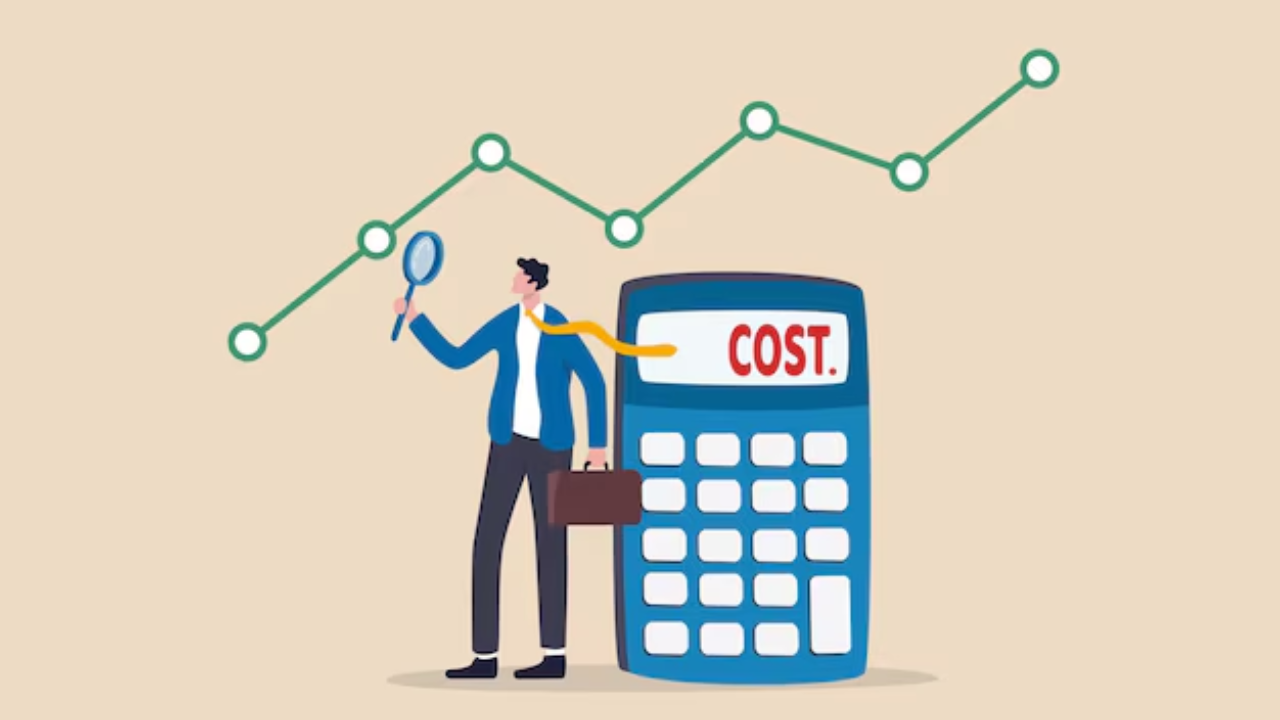Festive season 2025 decoded: Criteo notices rising ad costs and Qcom boom

Every year, India’s festive season reveals something different about how the country shops, celebrates, and spends. The 2025 festive season stretched longer than expected, drew deeper engagement, and proved that Indian consumers are increasingly digital-first, value-driven, and research-oriented.
According to Achin Talwar, Head of Account Strategy – PS at Criteo India, “The 2025 festive season in India reflected a highly dynamic and digitally charged landscape for advertisers, marked by stronger consumer intent, higher ad competitiveness, and earlier shopping behaviours.”
Festive shopping once peaked in the final 7-10 days before Diwali. But this year was different. Festive activity began nearly a month before Diwali, with shoppers researching deals, saving carts, comparing prices, and setting alerts.
“Festive shopping started earlier than ever… consumers were pre-planning and researching deals weeks ahead of Diwali,” said Talwar. “This created an extended shopping window versus a last-week-only spike.”
Criteo data revealed that the average buying journey lasted around 15 days, with some shoppers taking up to six weeks from the moment they first viewed a product to final checkout.
This extended window underscores a shift toward more research-driven and value-conscious decision-making, as consumers prioritise finding the right deals rather than making last-minute impulse buys.
Talwar noted that brands that rolled out early awareness, mid-funnel engagement, and performance remarketing saw stronger returns compared to those that spent only in the peak week.
“This indicated that cross-channel, full-funnel commerce media is becoming the winning formula,” he added.
With inflation stabilising but disposable incomes still stretched, shoppers in 2025 wanted to extract maximum value, not just from discounts, but from timing, offers, delivery promises, and availability.
The full channel shift
As festive-season engagement surged, brands shifted focus from isolated campaigns to integrated retail media strategies. The 2025 season made it clear that full-funnel retail media was no longer optional.
Cost per click (CPC) rose by 45% and Cost per mille (CPM) by 26%, reflecting the premium that brands were willing to pay for visibility during India's most competitive shopping window. These increases underscore the high stakes of festive marketing, where missing the moment can mean ceding market share for the entire quarter.
Retail media became crucial during the festive period. “Indian brands are clearly moving toward full-funnel retail media strategies, combining discovery, personalisation, and performance across platforms,” said Talwar.
Brands that invested early and used retail media intelligently saw higher visibility and stronger ROI across digital ecosystems.
Categories that soared this festive
Although electronics remain a staple of Indian festive spending, 2025 saw a shift in category preferences. Consumers moved away from the once-a-year purchase to lifestyle, home, and beauty-driven buying.
According to Criteo’s analysis, fashion led this change. “Fashion emerged as the top performer, recording up to a 71% spike in peak sales,” said Talwar. Apparel, footwear, accessories, and festive wear benefited from both celebratory purchases and heavy platform discounting.
Coinciding with these findings, early on in the festive season, Myntra reported registering two million new customers during its Big Fashion Festival that ended on October 5. Media reports also stated that this demand was fueled by strong demand for ethnic wear, wedding collections, beauty essentials and sportswear.
Meesho, on the other hand, recorded 240 million customer visits during the opening weekend of its festive sale.
The home and garden category also saw a surge during this season, recording a 3x growth according to Talwar. He also noted that this demand was driven by India’s continued focus on festive-ready homes.
Next up, gifting, grooming, and self-care created a surge in beauty, skincare, fragrances, and wellness products. Talwar noted a 63% rise in the category.
This boom was driven by both personal indulgence (pre-festive self-care) and affordable gifting.
Q-commerce was a festive essential
Not long ago, Q-commerce platforms were an ‘essential-only’ service, tied to grocery emergencies, last-minute milk orders, etc. But q com has scaled its business by adding more and more categories to its list of easy fixes. And the festive season was no exception.
"Brands are increasingly leveraging Q-commerce and quick-delivery platforms for conversion-led festive campaigns, particularly across high-demand categories where immediacy and convenience directly influence buying decisions," said Talwar.
Zepto’s ad, showcasing last-minute gift buying by adding a PS4, was an example.
Blinkit did the same. Their festive ad positioned the platform as the go-to last-minute pit stop for any emergency gifting during the festivities.
Talwar noted that campaigns which combined limited-time offers, early access to exclusive deals, and free delivery options continued to outperform the others, as they aligned with consumer expectations for speed and value.
Criteo found that 59% of shoppers were most drawn to discounts and 45% prioritised fast delivery, making Q-commerce a driver of last-mile conversions and a reinforcement of brand trust and loyalty.
Talwar added, “This shift signals that for many brands, Q-commerce has evolved beyond just a fulfilment channel into a strategic enabler of both sales and engagement during the festive period.”
Looking ahead
As brands plan for the next consumer spending season, several trends will likely shape 2026.
"Fashion, home improvement, and beauty will likely continue to anchor festive spending," Talwar said, "but categories like electronics, gifting, and sustainable lifestyle products are poised for strong growth."
Platforms that deliver personalised experiences, faster delivery, and integrated commerce journeys, from discovery to checkout, will dominate 2026.
Additionally, with consumers shopping earlier and smarter, AI-led commerce media and Q-commerce will shape the next wave of festive retail innovation.
During festive 2025, shoppers demanded more value, more convenience, and more personalisation. Brands that adapted early experienced deeper engagement, better conversions, and stronger long-term loyalty.
News